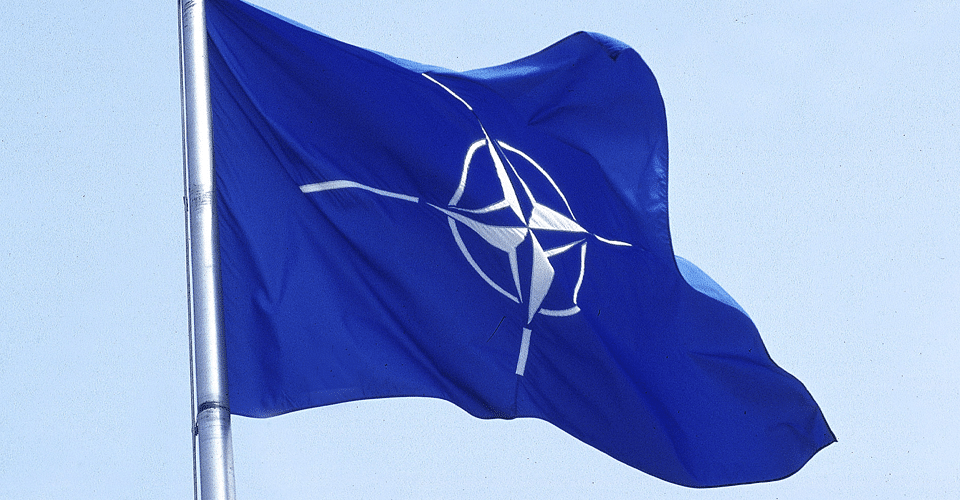
Світлодіодні (LED) екрани є однією з найбільш інноваційних технологій в сфері візуального відображення. сучасний світлодіодний екран знайшов широке застосування у різних галузях, включаючи рекламу, виставкові заходи, спортивні події, великі конференції та багато іншого. У цій статті ми розглянемо основні аспекти світлодіодних екранів, їх переваги та застосування.
Світлодіоди (LED) — це напівпровідникові пристрої, що випромінюють світло при проходженні електричного струму через них. LED-екрани складаються з великої кількості світлодіодів, розташованих на підложці, яка може бути гнучкою або жорсткою. Колір світла, що випромінюється LED-екраном, залежить від використаних світлодіодів, зазвичай використовуються червоний (R), зелений (G) та синій (B) світлодіоди, що утворюють RGB-систему.
Однією з головних переваг світлодіодних екранів є їх висока яскравість та контрастність. Це дозволяє їм відтворювати яскраві та чіткі зображення навіть при сильному сонячному світлі. Крім того, LED-екрани мають широкий кут огляду, що означає, що зображення можна бачити з будь-якого куточка приміщення або вулиці без втрати якості.
Ще одна вагома перевага світлодіодних екранів — це їх довговічність та енергоефективність. LED-світлодіоди мають значно довший термін служби порівняно з традиційними лампами, а також споживають менше енергії. Це дозволяє знизити витрати на енергопостачання та підтримку екранів протягом тривалого часу.
У сфері реклами світлодіодні екрани є незамінним інструментом для привернення уваги. Їх яскравість та динамічність дозволяють створювати ефектні рекламні ролики та зображення, які здатні привернути погляд і збудити інтерес у перехожих. LED-екрани також використовуються на виставках та конференціях для відображення інформації, показу демонстраційного матеріалу та забезпечення високоякісної візуалізації презентацій.
У спортивних подіях світлодіодні екрани використовуються для показу результатів, реклами спонсорів та інших важливих інформаційних повідомлень. Їх великий розмір і висока яскравість дозволяють глядачам на великих стадіонах та аренах комфортно спостерігати за подіями, навіть на великій відстані від екрану.
Застосування світлодіодних екранів широке і многогранне. Вони використовуються у рекламі, транспорті, спортивних заходах, виставках, концертах, телекомунікаціях, внутрішньому та зовнішньому оформленні будівель, архітектурному освітленні та багато іншому.
На сьогоднішній день ринок світлодіодних екранів розвивається швидкими темпами, і прогнозується його подальший зріст.


 4244
4244












